Isola Bella, “Beautiful Island”, hasn’t always been beautiful. In fact, when the Borromeo family bought this small island on Lago Maggiore in the 1500′s it was simply called l’isola inferiore, “the inferior island.” There’s nothing inferior about it now. Just 400 meters off the coast of Stresa, Isola Bella measures 400 X 320 meters and is now occupied by the incredible Borromeo Palace, it’s exquisite baroque gardens and a small fishing village (read: tourist shops). Until 1632, however, when Carlo III Borromeo decided to build the palace in his wife’s honor, the fishing village sat beside a large, rocky crag.
“Isola Bella” is a play on the name of Carlo III’s wife, Isabella. Unfortunately, construction was interrupted a few years later when a plague befell the Ducky of Milan. Vitaliano VI Borromeo, Carlo III’s son, resumed construction of the palace in 1651 but put most of his attention on developing the terraced gardens. During Vitaliano VI’s time, the palace became a coveted invitation for European nobility, a place for lavish parties and theatrical events.
Vitaliano VI’s nephew, Carlo IV, was able to finish construction of the gardens and inaugurated them in 1671. Throughout the centuries, the palace continued to be an esteemed gathering place, known for its beauty, glamour and sumptuousness. Napoleon paid a visit, as did Caroline of Brunswick, Princess of Wales, who actually offered to buy the island (she was refused). The palace was also where the “Conference of Stresa” was held in 1935, when Mussolini met with France and Britain as they discussed a last ditch attempt to stave off WWII by allying against Hitler (that, obviously, went another way).
Despite all of its activity, the palace wasn’t actually deemed “finished” until 1959. Today it is still a Borromeo residence (a flag outside notifies visitors and inhabitants of the island alike when a member of the family is in residence) but is also a well-visited tourist attraction.
The short boat-ride from Stresa brings you to Isola Bella before you even realize you’ve left the dock. Before you go straight into the palace, though, be sure to stroll through the island’s narrow streets (there’s only a few of them). Though the fishing village is much more tourist-oriented now than it was when the Borromeo family first built their palace, it still retains its quaintness and a wistful charm that sets the tone for your visit.
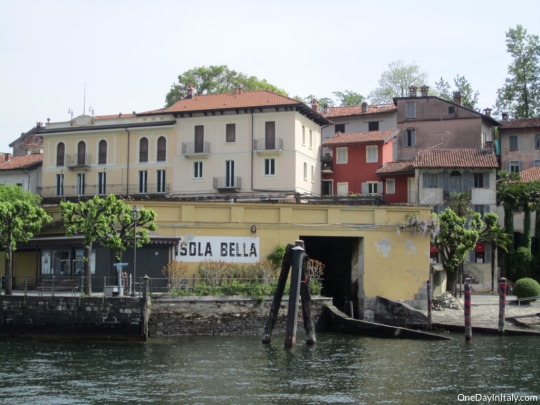
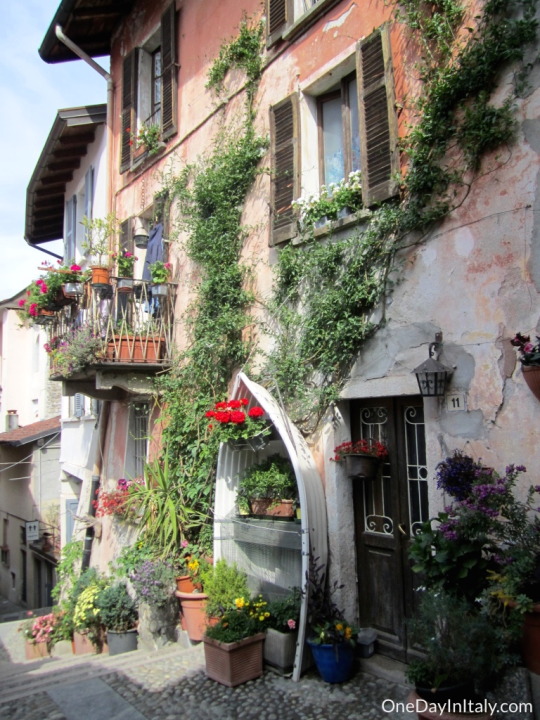
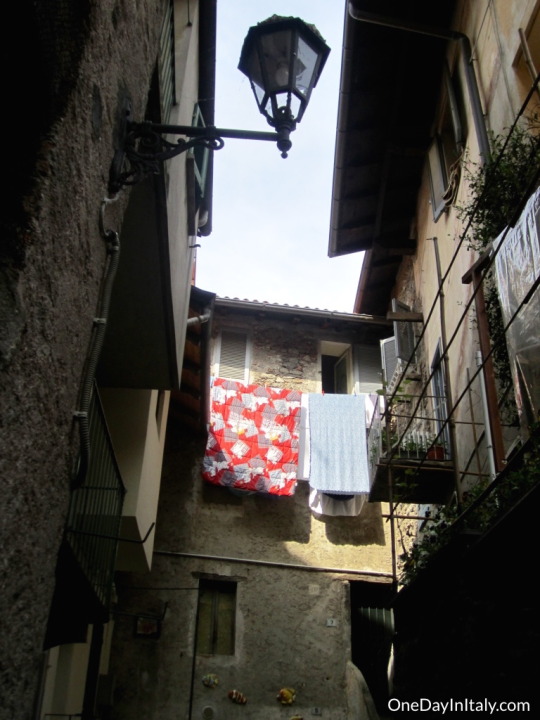
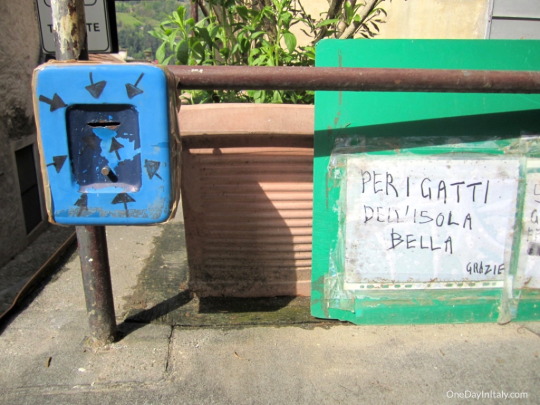
(Donations “For the cats of Isola Bella”)
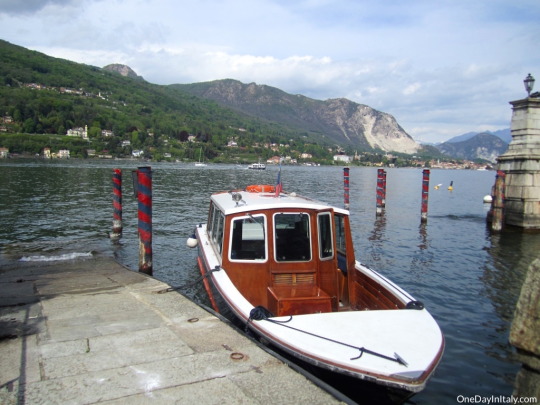
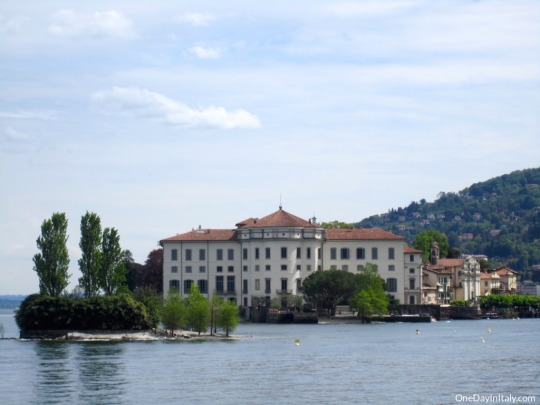
Once you enter the palace, a guided route leads you through large, ornamental rooms with super high engraved and / or painted ceilings, incredible decor, historic furnishings and endless pieces of art. Visit the room Napoleon and his wife slept in, or the King and Queen of Piemonte. Imagine the previously mentioned Conference of Stresa in the Music Room and admire the painting gallery with over 2000 paintings jammed onto the walls. Admire a series of tapestries featuring the mythical unicorn (the family’s emblem) before climbing down to the lower floor, where you can walk through the 18th century “grottos” (fake caves were all the rage when the palace was built).
There are no photos allowed within the palace itself but I did sneak a photo of this staircase, a marvel of engineering, that leads up from the grottos. Look carefully – there are no supports! The walls are a meter thick and bear all of the weight and pressure from the spiraling stairs.

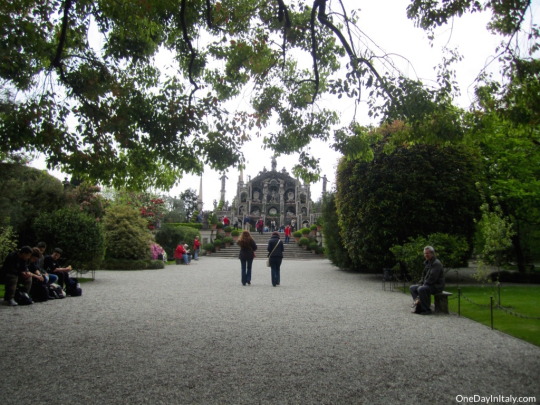
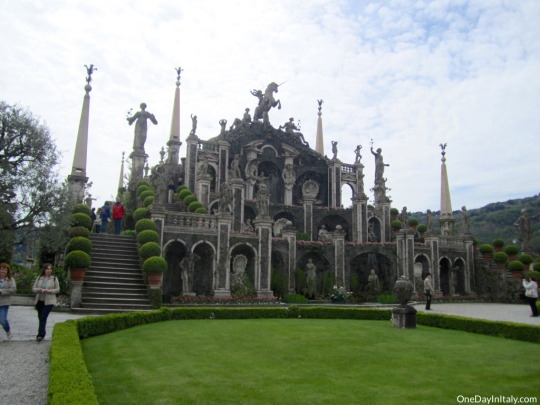
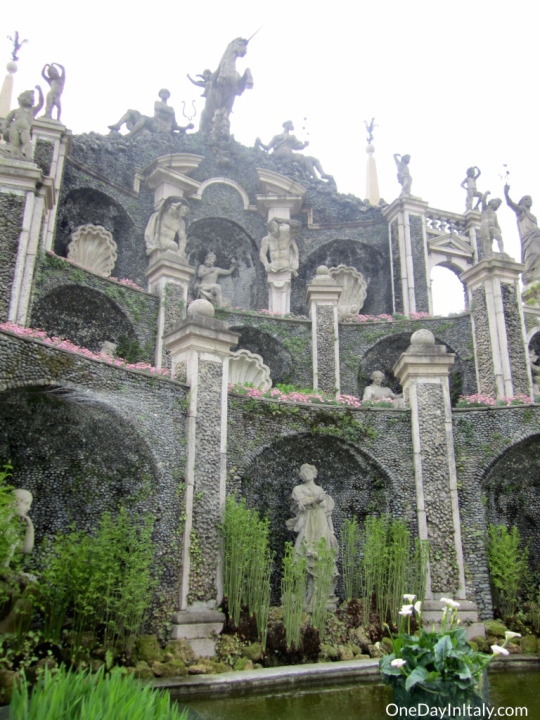
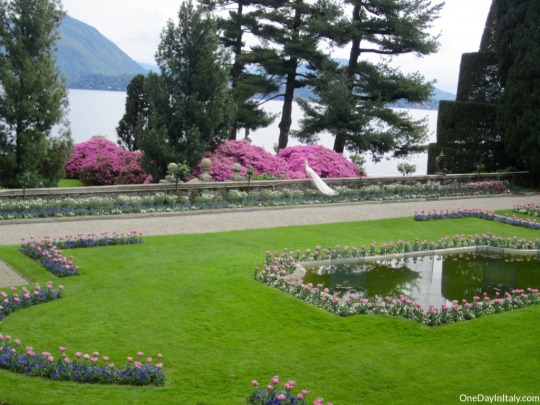
It’s a peacock! A white peacock! The Borromeo gardens are known for them. These elegant birds wander about, randomly displaying their magnificent feathers to camera-ready tourists.
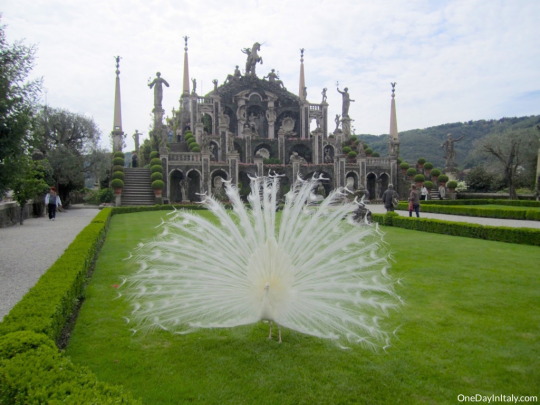
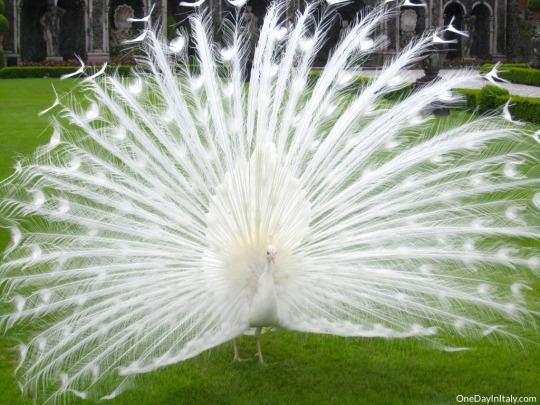

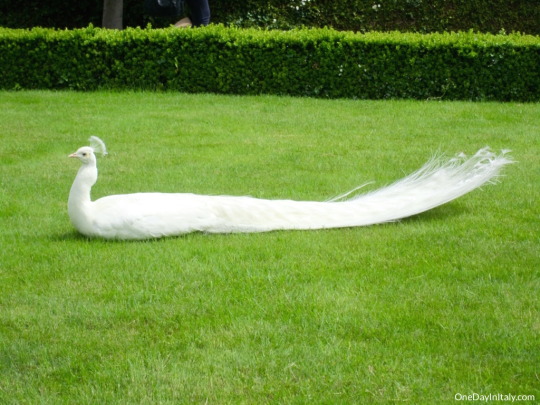
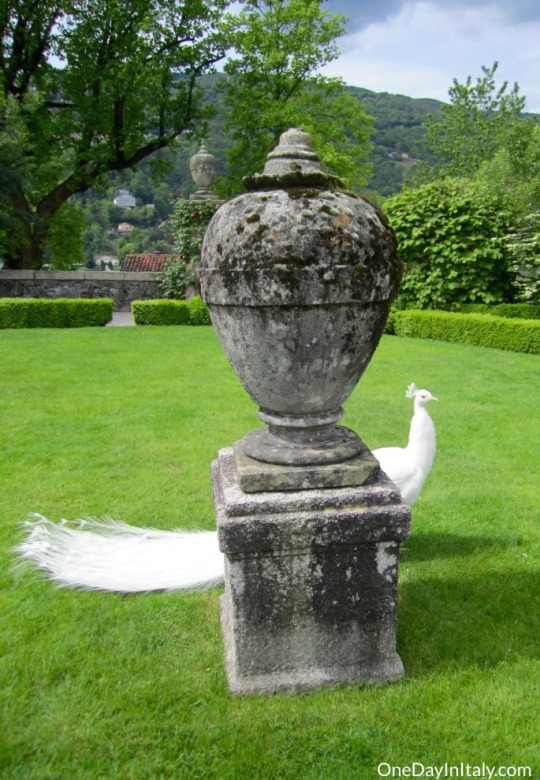
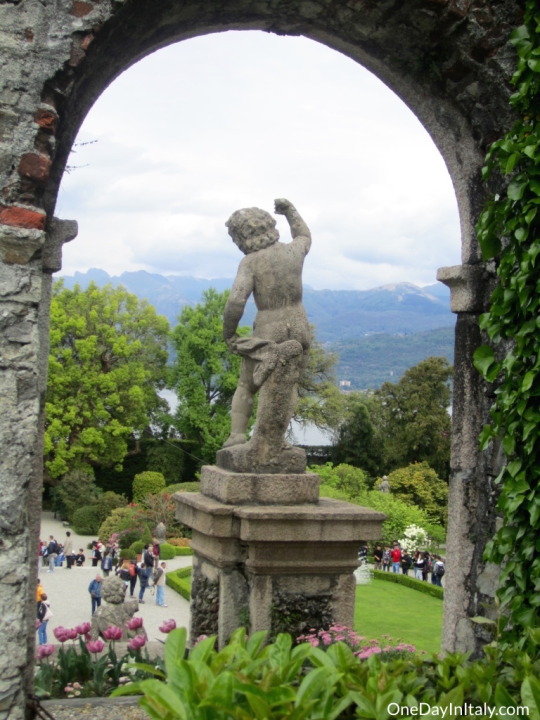
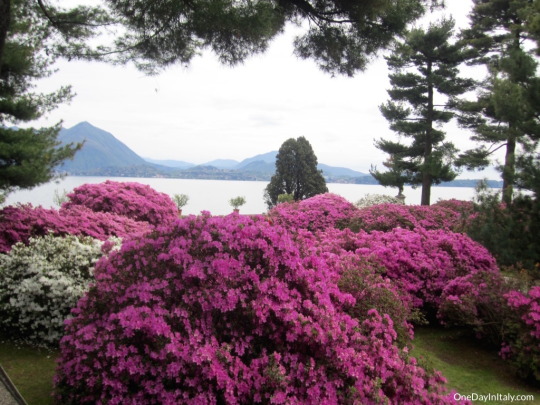

Comments
comments









Leave a Reply